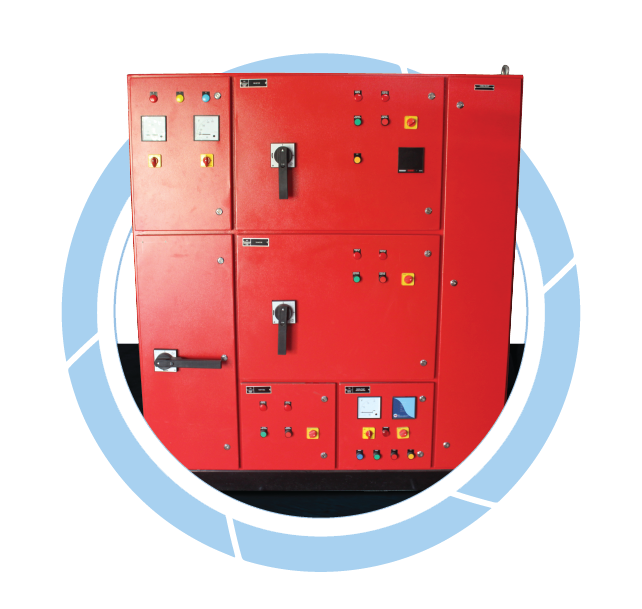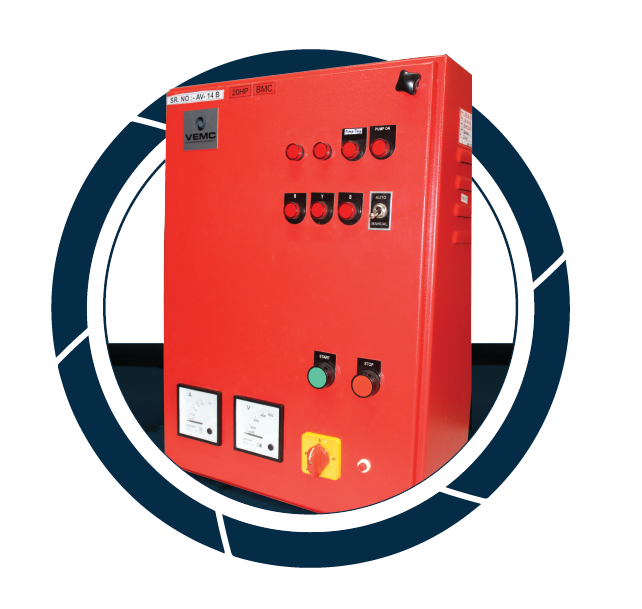Fire breakouts in a commercial facility like a factory could cause serious damage. Not only can it destroy valuable raw material and machinery, but worse, cause loss of lives on the factory floor. A flawless mechanism for early detection and response to a fire breakout is therefore necessary. Once you have installed a high-tech fire panel, you have every reason to put your worries to rest. In this blog, we take you through what a fire panel really is and how it works in the unfortunate event of a breakout.

A fire panel is an automatic fire detection and response mechanism. The panel doesn’t detect fire on its own but is capable of receiving signals from smoke detectors, a manual call point, or a pull switch. Once the signal is received, its response is activated. The most basic response is to raise a loud alarm to warn the workers about the fire so that they may quickly evacuate. However, depending on the type of fire panel, it can also activate the building’s water sprinkler system or even send a signal to the fire department.
In a conventional panel, the smoke detectors send a signal by changing the electric current as soon as they detect smoke. The altered current acts as a fire signal for the panel. Due to the installation of these panels in different wings or floors of the building, these are also called ‘zoned panels’.
A more advanced type of fire panel operates through IoT technology. It has a number of devices located throughout the building, each of which has its own MAC address and microprocessor to send signals to the panel. Rather than using altered current, these devices use the WAN or Wi-Fi network of the building to signal a breakout. As the fire panel detects the MAC address of the device, it can easily locate the fire break out anywhere in the building. As such, these modern fire detection systems are also known as ‘addressable panels’.
The kind of fire panel that you must install in your building depends on a number of factors. Some of the crucial ones are the type and size of the building, electrical fitting and internet connectivity, the number and spatial spread of the staff on the factory floor, and of course, the budget allotted for your fire security system. A generous budget can provide you with the comprehensive security of a fire panel that not only raises the alarm or signals the fire department, but can also lock or unlock doors, turn off the electricity and disable the elevators, therefore fully integrating all the security protocols in case of a breakout.
For more information on our products, feel free to contact us on +91 98199 07445. We would be happy to assist you in finding the best match, based on your requirements. As one of the leading Fire Fighting panel manufacturers, VEMC provides end-to-end services to its clients. A renowned electrical panel manufacturer in Mumbai, VEMC is ISO 9001:2015 certified and a pioneer in the field of electromechanical engineering products, allied equipment, and services.


